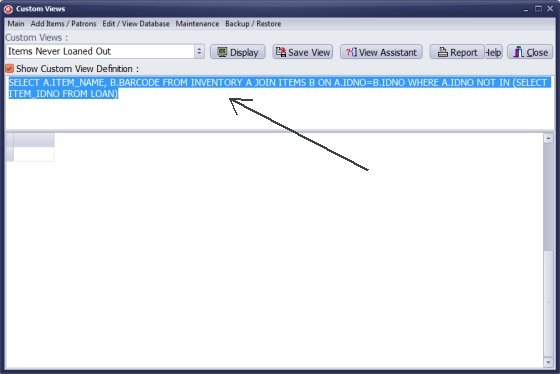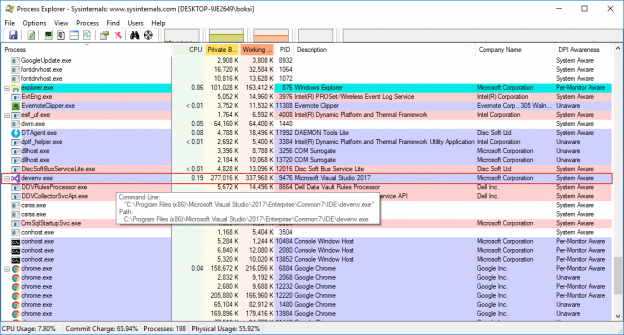
Ems sql manager copy all result software#
This creates a mostly-blank and invalid record as far as any software importing the output is concerned. Warning: SQL server is apt to add an annoying “count of records” line at the bottom of extracts performed in this way. Of course you can open a new query tab and carry on working if you want to get stuff done whilst waiting for it to complete. Enter in the name/location of where you want your text file and it will happily churn away until it’s finished generating it. Now when you execute your query it will prompt you for a filename. Then press the toolbar button “Results to file” (or Ctrl + Shift + F) Then, OK on that, and go back to the main SSMS screen. Find the Results -> Text part of the options and check to make sure you are happy with the delimiters, including column headers, max characters etc. The first thing to do is to go to Query -> Query Options menu. If you have no need to see the results of the query in the interactive grid, why waste your time? Instead output the results of the SQL directly to a file. Option 2: Output the query to a file instead of the grid This is fine for small result sets but I don’t especially like to make this happen if it’s going to generate millions of rows (and if it’s really small, then copy and paste to Excel or wherever is another simple option!).

Quick and easy, but a couple of downsides: In the following box you get an option to save what was shown in the grid as a CSV or a tab delimited file. If you already ran your query such that the results are in the grid output at present, it’s possible to simply right click anywhere on the resulting data and choose “Save results as”. Option 1: Right clicking the data output grid They work nicely on biggish extracts too – they regularly serve me up datafiles with hundreds of millions of rows and a bunch of columns with minimal stress. For simple CSV exports though, take your pick. There are at least 3 methods to do this. They can all produce the same results but some have more options than others. Sometimes though you might have the urge to extract a big chunk of data – most often I do this to generate a big text-file dump for import into other data analysis tools. Even when said tools can link and query the SQL server directly themselves I often find it useful to do this to ensure my extract is guaranteed to remain static, portable, fast, local and not subject to the whims of far-away database admins, especially for the larger side of extracts. For more information about enabling 'Ad Hoc Distributed Queries', search for 'Ad Hoc Distributed Queries' in SQL Server Books Online.SQL Server Management Studio is a commonly-used bit of the Microsoft SQL Server install, and a decent enough tool for browsing, querying and managing the data. A system administrator can enable the use of 'Ad Hoc Distributed Queries' by using sp_configure. SQL Server blocked access to STATEMENT 'OpenRowset/OpenDatasource' of component 'Ad Hoc Distributed Queries' because this component is turned off as part of the security configuration for this server. SELECT Field1, Field2, Field3 FROM DatabaseNameĬannot initialize the data source object of OLE DB provider ".12.0" for linked server "(null)"." INSERT INTO OPENROWSET('.12.0','Text Database=D:\ HDR=YES FMT=Delimited','SELECT * FROM ') Run PowerShell as Admin & "c:\path_to_your_ps1_file.ps1"


$QueryFmt= -ServerInstance **SERVER_NAME_WITHOUT_STARS** -Database $dbname -Query $QueryFmt | Export-CSV $AttachmentPath -NoTypeInformation PowerShell Script $dbname = "**YOUR_DB_NAME_WITHOUT_STARS**"

If working with Microsoft Excel, select "Excel 2007" (previous versions have a row limit at 64k) If working with a flat file, configure as desired.Choose "Flat File" or "Microsoft Excel" as destination.Configure your datasource, and click "Next".In Object Explorer right-click on the database in question.If the database in question is local, the following is probably the most robust way to export a query result to a CSV file (that is, giving you the most control).


 0 kommentar(er)
0 kommentar(er)
